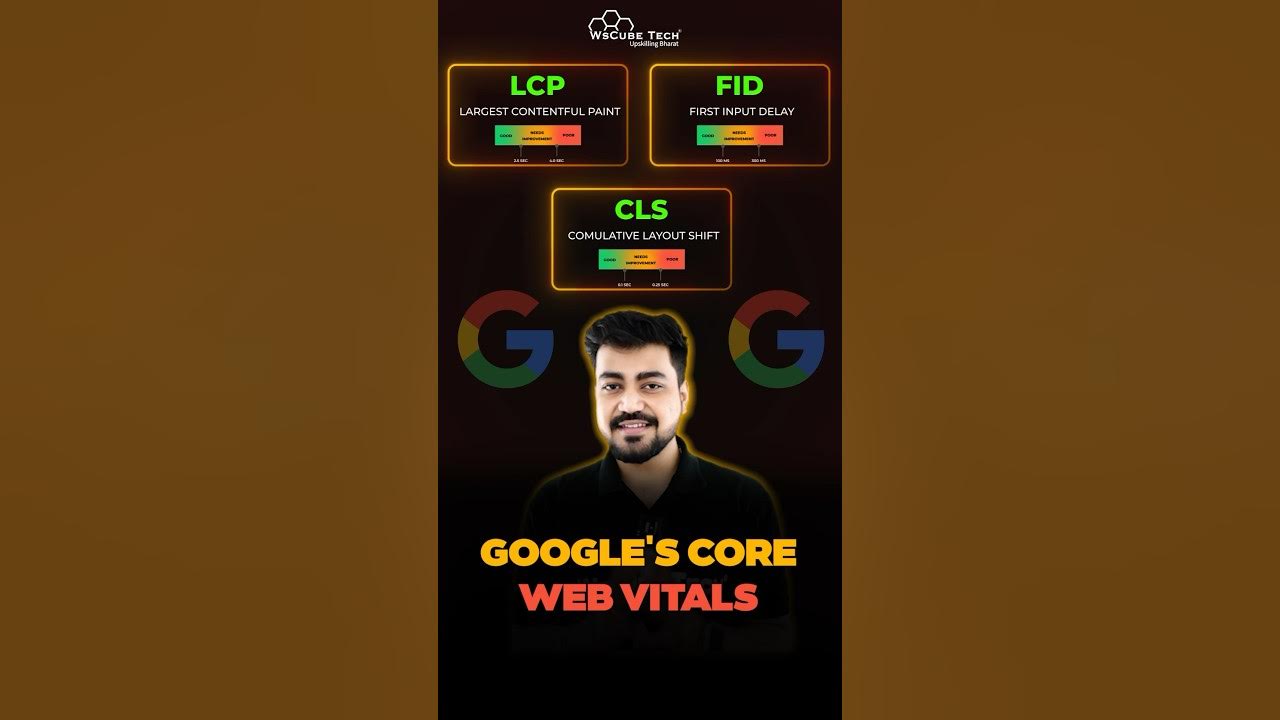Understanding Core Web Vitals: A Deep Dive into Performance Metrics 🚀
Thanks to technology and social media optimization, website efficiency plays an important role in user satisfaction and positioning on search engine results. Among these performance-oriented aspects, the one that is mostly concentrated upon is known as Core Web Vitals. These parameters allow tracking how well the implemented website solutions are performing at that particular moment. In this article, we will examine the three components of Web performance metrics for analysis: Largest Content full Paint (LCP), Cumulative Layout Shift (CLS), and First Input Delay (FID). During design analysis, each of these metrics offers an understanding of distinct features of the page interactions and therefore it is important to measure all of them for site optimization purposes.
What Are Core Web Vitals? 🌐
A set of web performance metrics is defined in the concept of Web Performance Management. Core web vitals are a blend of the overall experience regarding the loading speed, user interaction, and visual understanding of a web page. Let’s try to disassemble these components in order to understand what they mean.
- Largest Contentful Paint (LCP): Measures loading performance.
- Cumulative Layout Shift (CLS): Measures visual stability.
- First Input Delay (FID): Measures interactivity.
Largest Contentful Paint (LCP) 📊
LCP is a metric that measures the loading performance of a webpage. Specifically, it tracks how long it takes for the largest visible content element to load on the screen. This could be an image, a video, or a large block of text. The goal is to have the LCP occur within a timely manner, ideally within 2.5 seconds after the page starts loading.
Why is LCP important? If LCP takes too long, users may become frustrated and leave the site before it fully loads. Therefore, optimizing LCP is essential for retaining visitors and improving overall user satisfaction.
How to Improve LCP 🔧
Improving LCP can significantly enhance user experience. Here are some effective strategies:
- Optimize Images: Use appropriate formats and compress images to reduce loading time.
- Minimize JavaScript: Reduce the amount of JavaScript that runs during page load.
- Use a Content Delivery Network (CDN): Distribute your content across various locations to decrease load times.
Cumulative Layout Shift (CLS) 📏
CLS measures visual stability by tracking how much the layout shifts during the loading process. A high CLS score indicates that elements on the page are moving around as it loads, which can lead to a poor user experience. This metric is particularly important for mobile users, who may accidentally click on buttons or links due to unexpected shifts.
How to Optimize CLS ⚙️
To minimize layout shifts and improve your CLS score, consider the following best practices:
- Set Size for Images and Videos: Always define width and height attributes to prevent layout shifts.
- Avoid Inserting Content Above Existing Content: This can cause shifts as users scroll down the page.
- Use CSS for Animations: Smooth transitions can help avoid abrupt movements.
First Input Delay (FID) ⏱️
First Input Delay (FID) is the measurement that takes into consideration the time spent by the user to handle the web page once it has been loaded in its entirety. Examples include clicking on a link, tapping on a button, or typing some text. A good score of 100 milliseconds for FID implies that the users are able to interact with the page in a reasonable time and any figure above it may be a cause for annoyance.
Improving FID 🛠️
To improve FID, the following techniques can be employed:
- Minimize JavaScript Execution Time: Cutting down the number of Javascript code running at the time of first load.
- Use Web Workers: Move some processing to background scripts for a more effective interface.
- Optimize Event Handlers: Focus on how the event listeners are attached to provide a quick response.
Conclusion: Core Web Vitals 🏁
Web performance metrics are the metrics that every website needs to include for better customer experience. By concentrating on LCP, CLS, and FID, web developers and marketers can be able to help the users and make their experience more pleasant. Not only is it important for the satisfaction of the user, but it is also equally essential for raising a particular website on search engine results which is vital for everyone who wants to make it in the online world.
To summarize:
| Metric | Importance | Optimization Strategies |
|---|---|---|
| LCP | Measures loading performance | Optimize images, minimize JavaScript, use CDNs |
| CLS | Measures visual stability | Set size for images, avoid content insertion, use CSS animations |
| FID | Measures interactivity | Minimize JavaScript execution, use web workers, optimize event handlers |
By implementing these strategies, you can ensure that your website meets the vital standards set by Google, ultimately leading to better user experiences and improved rankings.
